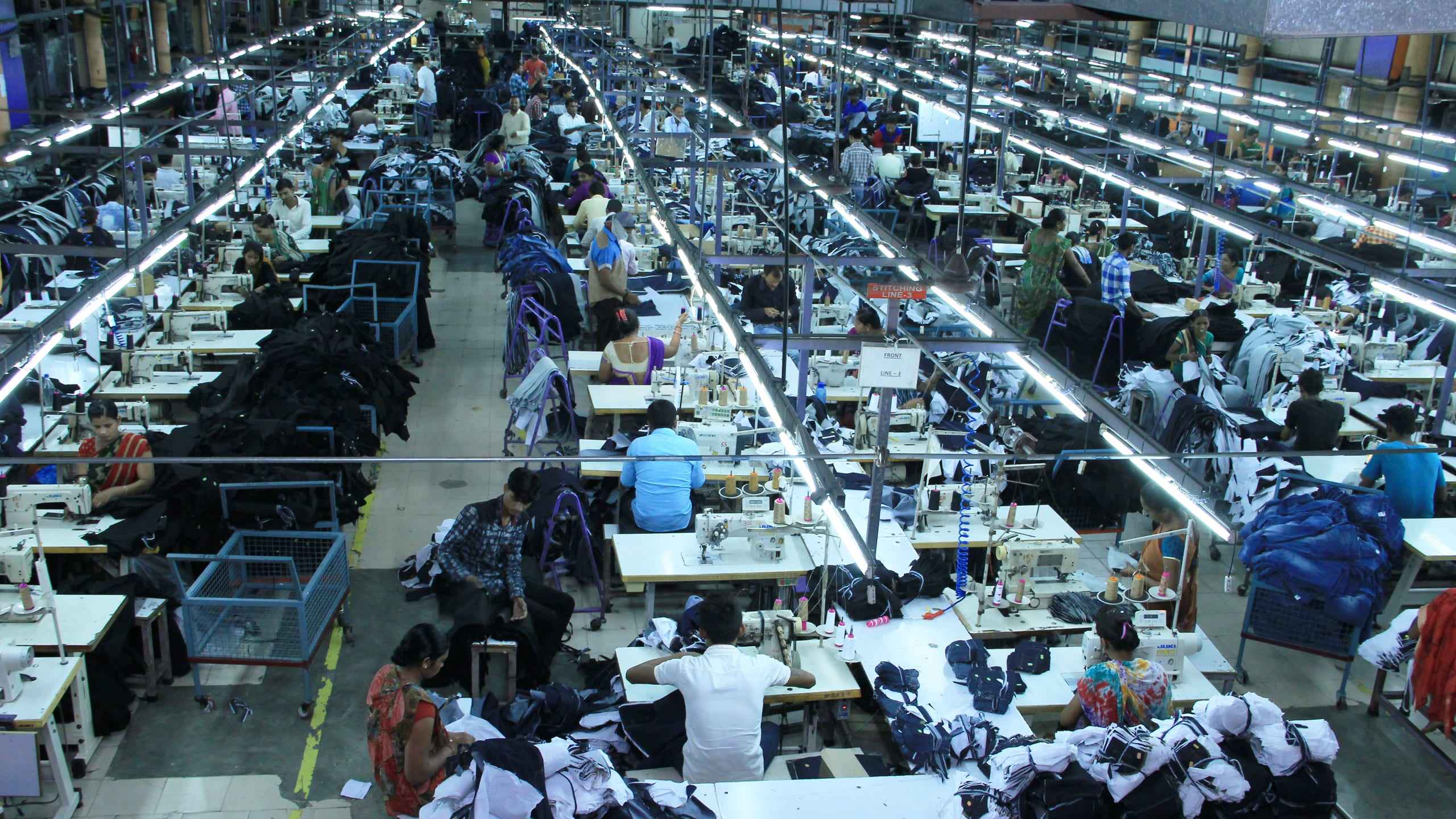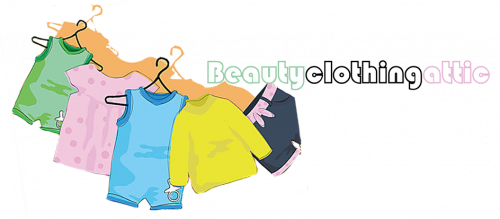
The opportunities presented to the global sewn goods industry have continued to be challenged by many of the disruptive trends that we faced in 2017 and had forecasted for 2018. The US apparel consumer continues to stretch the capability of the industry by flexing their muscle on deciding how, why, and where they will purchase their sewn goods products.
The effect of this ability extends into the very fibre of the industry, reflecting in more orders in smaller quantities with shorter lead times, while slowing the sales cycle, putting pressure on existing e-commerce infastructure, forcing the adoption of fast fashion, and digitalisation of the value chain and as costs increase, the consumer pushes for the same if not a lower price.
That said, opportunities exist for those with a vision of the future, for those that are willing to restructure their business and search for new ways to meet this new consumer’s demands. The outlook for the industry is bright. The McKinsey Global Fashion Index forecasts that industry sales growth would nearly triple. The world economy is expected to grow at a faster pace and hopefully, this improved growth will translate into increased consumer demand for sewn products.
As for the US, the picture is brighter than most realise. While US imports of textiles and clothing increased in value by 1.3 per cent in 2017, this increase came after a 6.5 per cent decline in the previous year and, as a result, imports remained below the levels seen in 2014 and 2015. Total apparel imports were at their lowest levels in several years. With consumer spending on the rise, there is no time like the present for locally manufactured apparel, furniture, and transportation interiors.
Despite or perhaps because of the present trade environment, the stage is set for a pick up in US manufacturing. According to the The Reshoring Initiative’s 2017 Reshoring Report, the combination of reshoring and related foreign direct investments in the U.S. jumped by 52 per cent in 2017. Of the total manufacturing jobs that were added, 90 per cent were reshoring and FDI related.
The report goes on to state that apparel saw one of the largest increases, while transportation remained the strongest overall. US workers are now 3X more productive compared to 1980 and 2X more productive compared to 2000 due to automation. The stage seems to be set.
With an environment like this, we expect to see growing investments in technology. Advanced technology is essential for manufacturers to achieve the quality, repeatability, and speed needed to keep the industry alive and thriving. It is expected that we will see the implementation of semi-automated micro-factories, advanced sewing robotics, virtual/ digital sampling and the realtime connectivity via the internet of factories and design centers. And this investment will not be restricted to the very large companies but also within mid-to-small enterprises as well. Size will not matter in this new environment; speed, accuracy, and delivery will be the determining profiles of success.

Leave a Reply